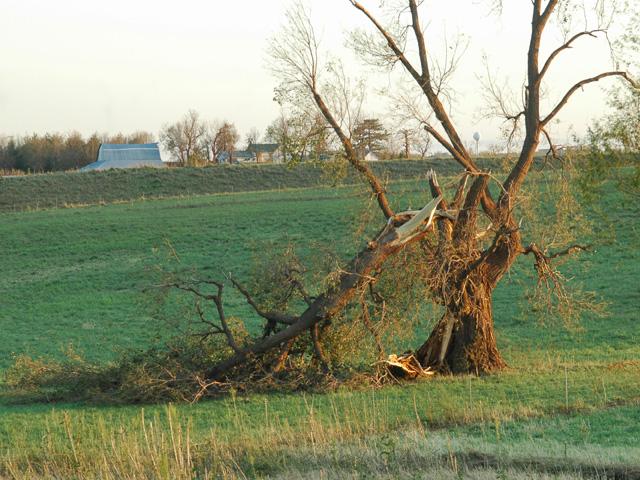Ask the Vet
Cattle Foraging Acorns
READER QUESTION:
Three years ago, I lost some young heifers due to acorn poisoning. Recently, I lost three mature cows to the same issue. My veterinarian told me he knew of no other ranch with similar losses. I checked with Extension, and they told me the same thing. Can I be the only person who has seen this issue?
DR. MCMILLAN'S ANSWER:
We have had this question several times in the past, and I've never felt I answered it as well as it needed to be answered. It seems to be such a random occurrence that defies an absolute answer. I've seen it many times over my 39 years in practice. Some of my own cows will forage acorns in the fall when I rotate pastures, and I have never had a problem. So why sometimes, and why some operations and not others?
P[L1] D[0x0] M[300x250] OOP[F] ADUNIT[] T[]
Let's first look at what is poisoning these animals. The toxins involved are called "tannins." Buds, young leaves, and fresh acorns contain the highest levels of tannins. Levels of tannins also vary with species of oak, time of year, and even year to year.
Tannins do their damage in the lining of the digestive system, leading to ulcers in the mouth, stomach and intestines. They are broken down in the rumen to other toxins that are absorbed and can severely damage kidneys and blood vessels. Affected cattle often go off feed, have dark, tarry stools, stand "tucked up," have ventral edema and kidney failure. Often the first sign of a problem are dead cattle.
Treatment involves supportive care, but I have had little success, especially if the kidneys are failing.
In my experience, these types of poisonings are often linked to storms where trees are blown down, or large numbers of acorns blow off the trees. Hungry cattle, often those in poor body condition, are more prone to problems. Some in the field of veterinary medicine and research believe if these leaves, buds and acorns are less than 50% of the diet, cattle are going to be OK. Clearly, that makes good nutrition important. Another very pragmatic approach is to limit herd access to pastures with lots of oak trees in the spring and early fall.
In the diet, there are some things cattle producers can do to help protect animals from tannins. Hydrated lime and protein seem to provide some protection. The following supplemental feed has been used to help prevent problems: cottonseed or soybean meal (1,040 lbs.), dehydrated alfalfa meal (600 lbs.), molasses (160 lbs.) and hydrated lime (200 lbs.). The first two ingredients in that formula can be tweaked, but molasses is essential to keep the hydrated lime from separating out. Cattle should be slowly adapted to this feed and would need to consume about 4 pounds per day, per head.
**
Editor's Note:
Please contact your veterinarian with questions pertaining to the health of your herd or other animals. Every operation is unique, and the information in this column does not pertain to all situations. This is not intended as medical advice but is purely for informational purposes.
Write Dr. Ken McMillan at Ask the Vet, 2204 Lakeshore Dr., Suite 415, Birmingham, AL 35209, or email vet@progressivefarmer.com.
(c) Copyright 2022 DTN, LLC. All rights reserved.






